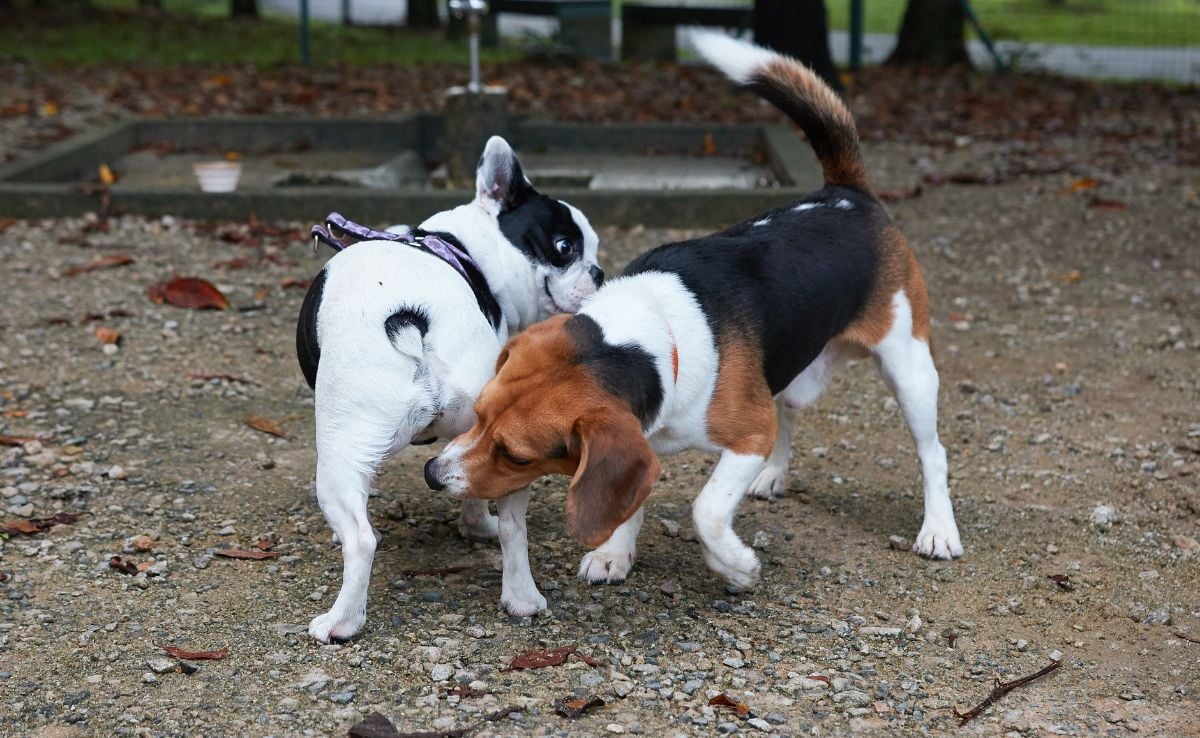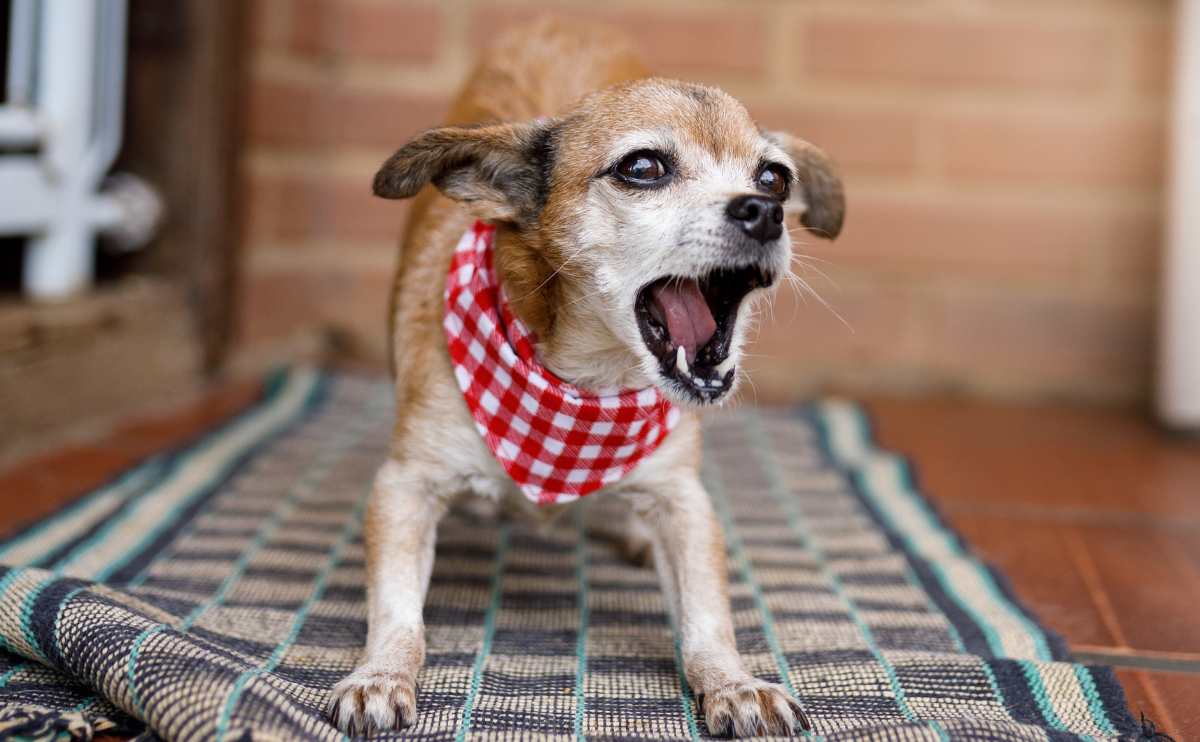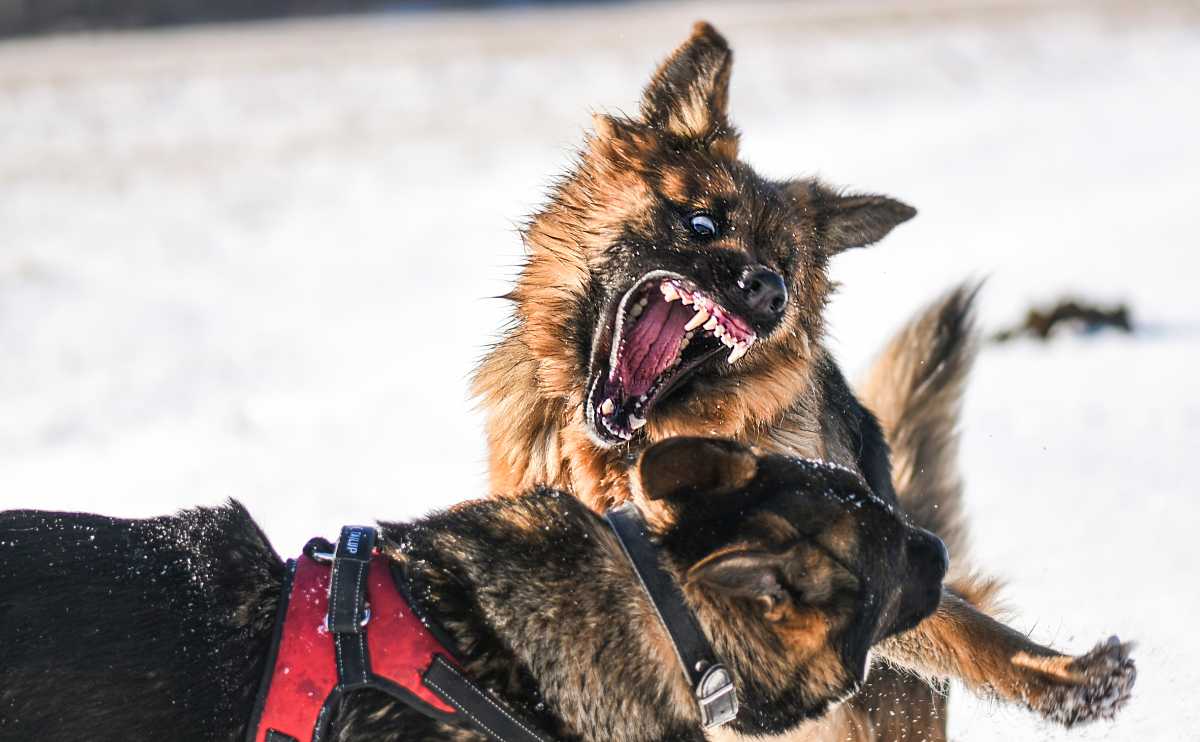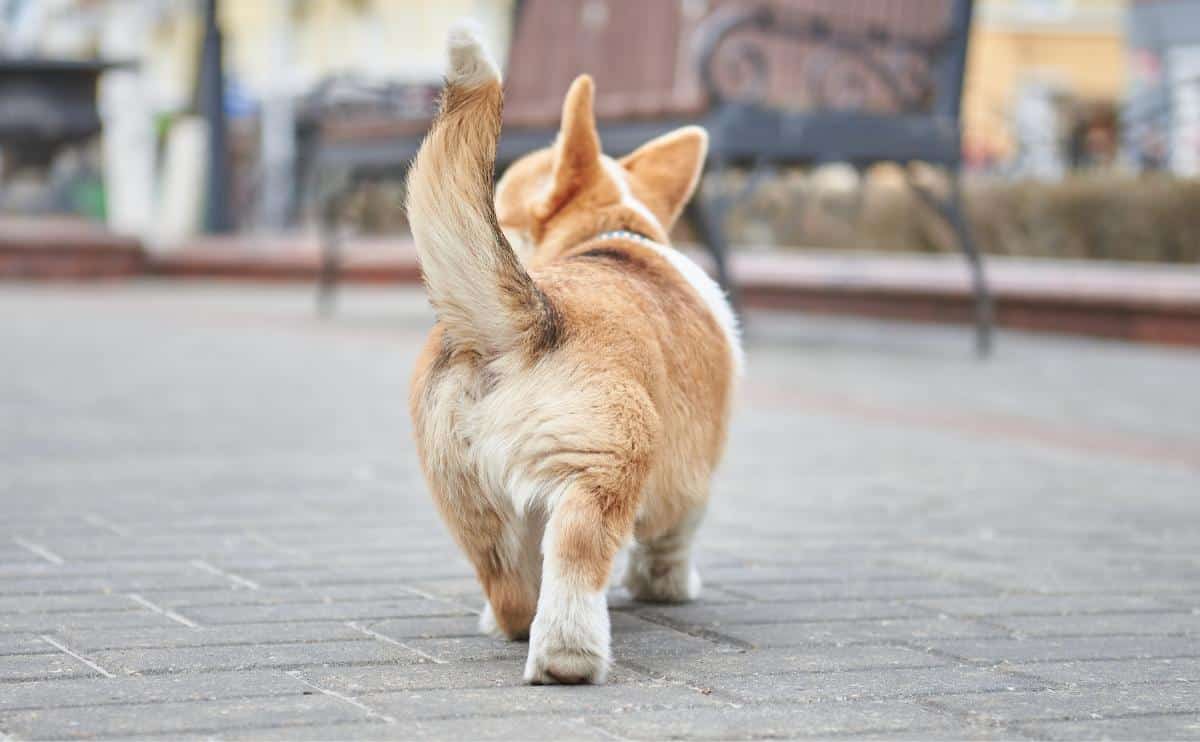When you purchase through links on our site, we may earn a commission. Here’s how it works.

Although all dogs do it, butt sniffing is offputting for many owners. After all, it’s a bit embarrassing when your dog sticks his schnoz right into the rear end of a fellow canine while you’re on a walk or at the dog park. Just why do dogs smell butts? The reason isn’t nearly as gross as it seems. And it’s more important to dogs than you might think.
Our Superstar Sniffers
In the canine world, the sense of smell far surpasses all of their other senses, and dogs rely on smell to explore their world as much as we rely on our sight. Why? Their sniffing superiority blows humans out of the water. Dogs have a sense of smell that’s 10,000-100,000 more sensitive than their owners.
This is because our canine counterparts have up to 300 million olfactory receptors in their snouts, compared to our measly six million. Dogs’ brains also have a leg up in the ability to analyze odors — nearly 40 times greater than ours. As if these biological advantages weren’t enough, dogs also have a second olfactory system (that we don’t have) powered by an organ called Jacobson’s organ, which allows dogs to detect pheromones and other chemicals secreted by the body.
Even more fascinating, these two canine olfactory systems have separate nerve pathways leading to different parts of the brain. This gives dogs the ability to distinguish (and separately analyze) odor molecules from pheromones and other bodily chemicals.
Why Do Dogs Sniff Each Other’s Butts?
As you may have guessed by now, dogs sniff butts to “analyze” other dogs. It’s a vital part of their communication with each other. But why the rear end rather than another part of the body? Dogs have two sacs called anal glands inside their rectum. These glands secrete a small amount of foul-smelling fluid every time a dog poops. But our canine companions also release this fluid to get to know each other.
Think of anal sac gland secretions (ASGS) as a biological mini-biography that other dogs can read through their second olfactory system. Amazingly, these secretions provide unique identifying information such as a dog’s temperament, current mood, gender, health and reproductive status, and much more. And because each dog’s odor is a unique, easily recognizable signature, they can tell from a quick sniff if they’ve met before.
Dogs aren’t the only mammals that exchange ASGS chemical profiles with each other. Several animal behavioral experiments have found that domestic cats, ferrets, hyenas, honey badgers, brown bears, and several other carnivores also communicate using ASGS.
When Dog-On-Dog Butt Sniffing Turns Sour
Our canine companions only need a few seconds to sniff out all the information they need from another dog. If it lasts longer, it’s a good idea to separate them to avoid potential trouble. Other warning signs that it’s time to intervene include growling, raised hair, or other signs of aggression.
Why Do Dogs Sniff Human Butts?
While humans also have anal glands, they’re considered vestigial (unnecessary) and don’t emit secretions. So, this begs the question, why do dogs sniff human butts? Chalk it up to instinctual dog behavior. Because dogs explore the world with their snouts, they’re likely just checking a person out. If your pup frequently smells human butts or crotches, you’ll want to put a stop to it. Try to redirect your furry friend with a toy or use your “come” command.
Understanding Other Bizarre Dog Behavior
Now that you understand that butt sniffing between dogs is not only normal canine behavior but also a crucial form of communication for them, you may not find it as unseemly the next time your furry friend sniffs a fellow canine’s rear end. If you’re wondering about other strange dog behavior, read our articles to learn about why dogs eat poop, why they chase their tails and other behavior.
Tagged With: Trivia

